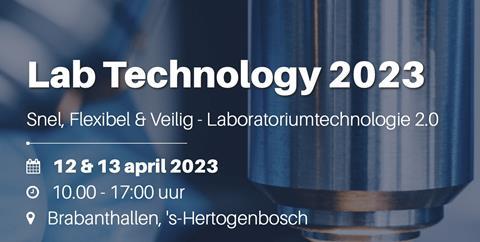Probing the effects of cortisol and specific receptor involvement in zebrafish larvae using a CE-MS metabolomics workflow.
Zebrafish (Danio rerio) larvae can fill the gap between cultured cells and mammalian animal models, because they can be obtained in large numbers, are small in size and can easily be manipulated genetically. Given that zebrafish larvae are intrinsically biomass-limited samples, a capillary electrophoresis-mass spectrometry (CE-MS) workflow was developed for the profiling of (endogenous) metabolites in extracts from individual zebrafish larvae and pools of small numbers of larvae. The CE-MS workflow was used to study the role of the mineralocorticoid receptor in mediating the effects of cortisol in wild-type (WT) and ubiquitous MR-knockout (MRKO) zebrafish larvae model systems.
Register now for Lab Technology.

About the speaker
Marlien van Mever is a PhD student at the Metabolomics and Analytics centre at Leiden University. Her research is mainly focused on the development and application of microscale analytical workflows based on capillary electrophoresis-mass spectrometry to profile endogenous metabolites in material-limited biological samples.
















